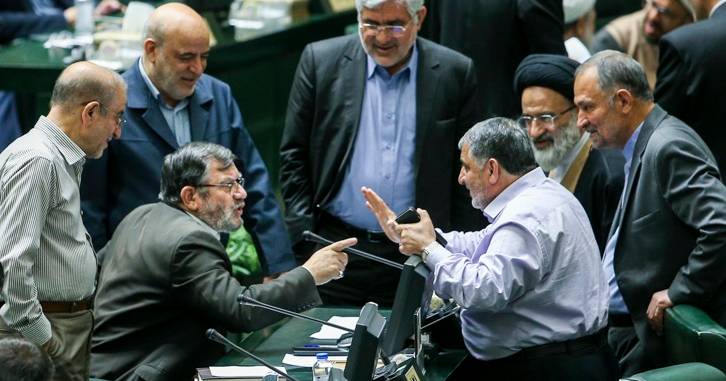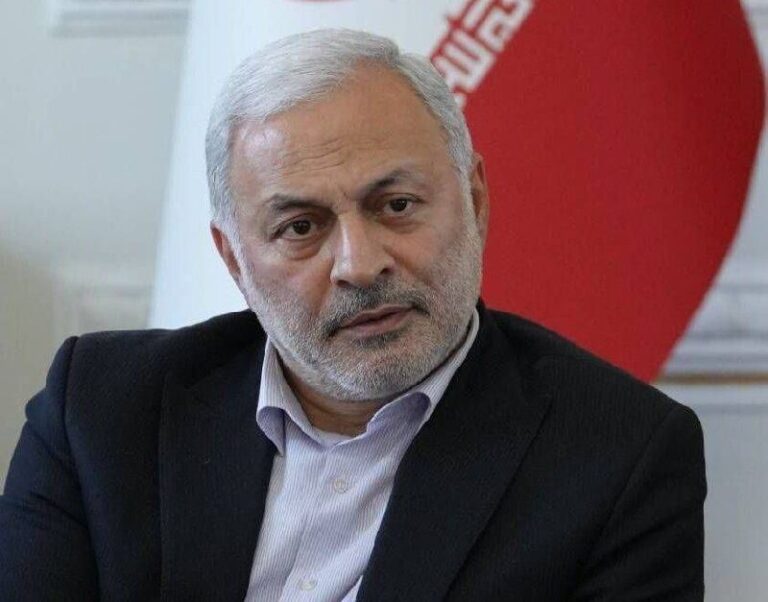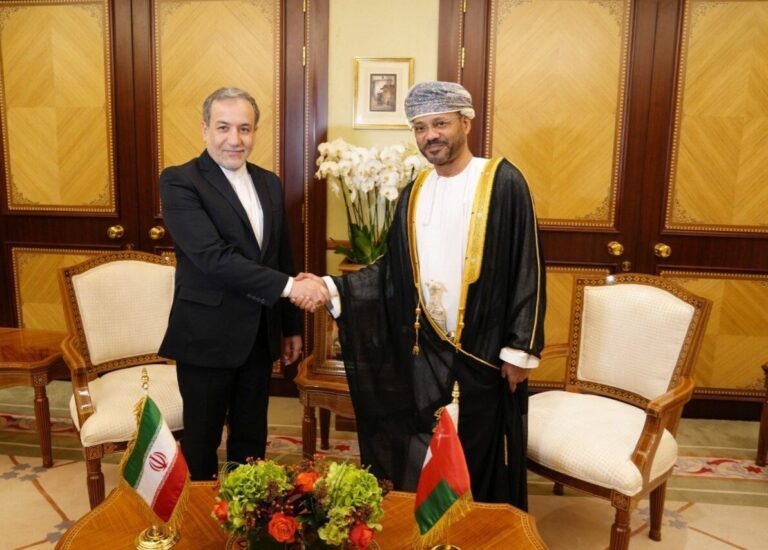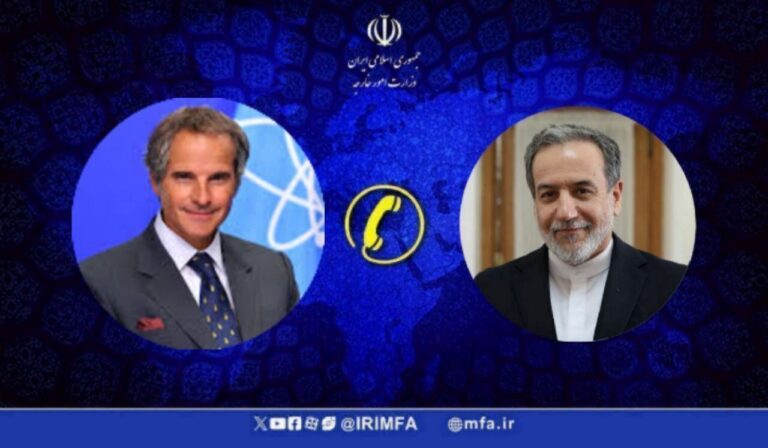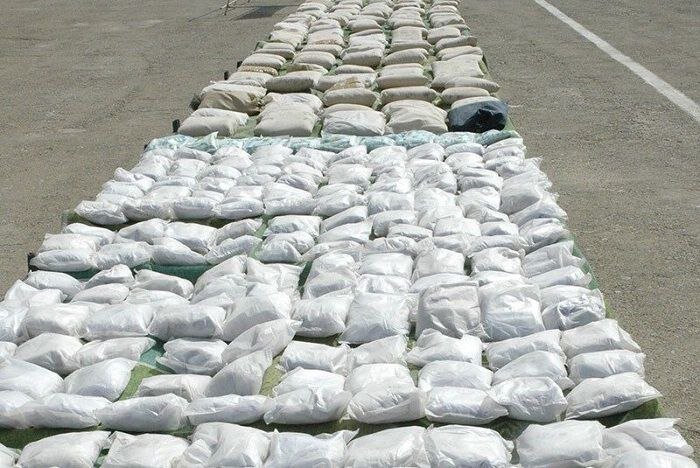Tehran’s Political Turmoil: Urgent Issues Ignored Amidst Infighting
As global attention focuses on nuclear diplomacy, Iran’s internal political landscape is increasingly overshadowed by minor administrative disputes. This situation hinders the nation’s ability to confront its significant economic and institutional challenges. The Iranian currency, the rial, experienced a sharp decline of up to 4% on Tuesday, following comments from Supreme Leader Ali Khamenei that cast doubt on the ongoing negotiations with the United States. This highlights the volatility of an economy desperately in need of comprehensive reforms.
Despite these pressing economic issues, the most heated discussions in recent weeks have revolved around changing office hours rather than addressing more substantial problems. This proposal, aimed at maximizing daylight during warmer months, was rejected by Parliament after extensive debate among officials and media. Government spokeswoman Fatemeh Mohajerani confirmed the rejection on May 13, prompting a wave of public backlash.
- Frustration over the 6 AM workday start time, intended to reduce electricity consumption during peak hours, has been prevalent.
- Parents have expressed concerns about the difficulty of preparing their children for early departures.
Moreover, the position of economy minister remains unfilled two months after the previous minister’s dismissal. While the government has provided no official explanation for this delay, reports indicate that the candidates under consideration may not be any more effective than Abdolnasser Hemmati, the ousted minister, who was generally regarded as competent. Many believe his removal was more about political maneuvering than actual performance issues.
It is crucial to note that no economy minister—or even the President—can independently navigate Iran’s economic landscape when real authority is concentrated in the hands of Supreme Leader Ali Khamenei. In Parliament, proceedings continue at a sluggish pace, with minimal public engagement. The conflict between Speaker Mohammad Bagher Ghalibaf and hardline MP Mostafa Mirsalim has garnered little attention, despite Mirsalim’s accusations of bribery against the parliamentary leadership regarding delayed impeachment motions. Ghalibaf has deemed these allegations insulting and has initiated legal action against Mirsalim. Meanwhile, the general public perceives Parliament as largely irrelevant.
President Masoud Pezeshkian’s administration is witnessing a decline in the limited public support it once had, a trend exemplified by growing discontent within moderate and reformist circles. In mid-May, Pezeshkian and Vice President Mohammad Reza Aref reiterated their commitment to lifting social media bans, but public skepticism remains high, particularly in light of the government’s recent announcement of a 75% increase in internet subscription fees.
During an official visit to Gilan, a popular vacation destination, government spokeswoman Fatemeh Mohajerani faced criticism for describing her journey in the sweltering heat as “a sacrifice” for the nation. This remark drew ridicule online, further fueling public discontent.
As anxiety over a potential military conflict looms, satirical commentary has gained traction on social media, reflecting the populace’s concerns. One user humorously noted that Iran lacks sufficient electricity to illuminate its underground missile stockpiles, highlighting the absurdity of the situation.
In summary, while the world watches Iran’s nuclear negotiations, the country grapples with internal dysfunction, economic instability, and public dissatisfaction. The political focus on trivial matters like office hours serves as a distraction from the pressing need for economic reform and effective governance. As the situation evolves, it remains to be seen whether Iran’s leadership can pivot from administrative squabbles to address the deeper issues that threaten the nation’s stability.
